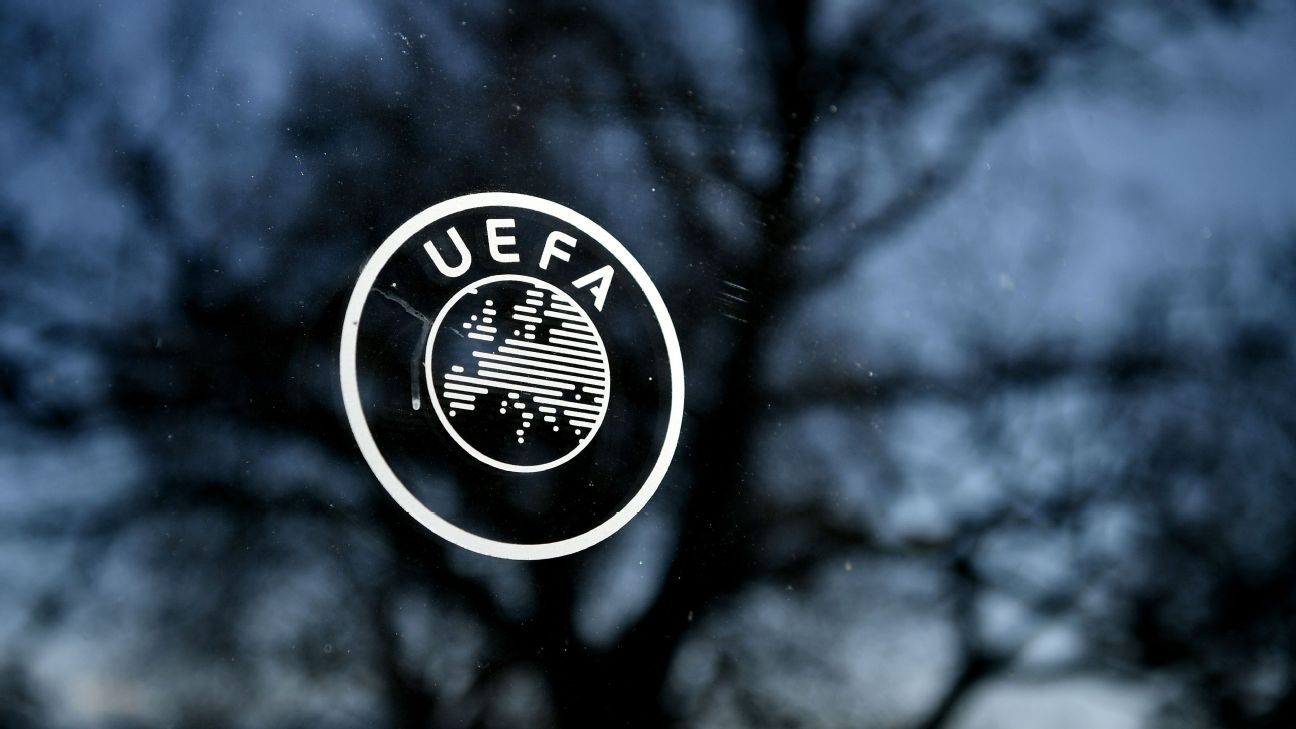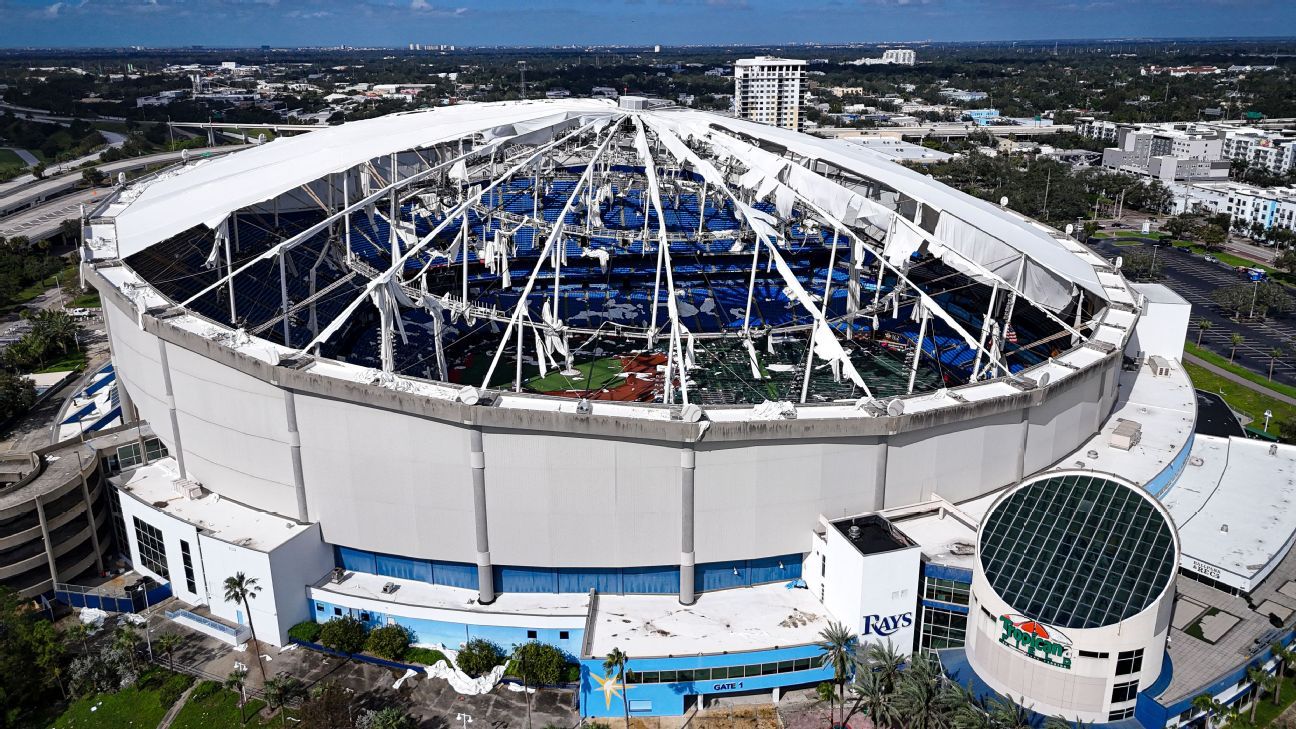
Daniel Rees looks ahead to a 2021 launch for the new competition, which combines the British Athletics League and UK Women’s League
Prior to the Covid-19 pandemic, 2020 looked set to be one of the most exciting athletics seasons in recent years. With the Tokyo Games on the horizon, competitors were preparing themselves for a summer of bustling competitions which could have seen scores of athletes realise their Olympic aspirations.
The summer of 2020 was equally heralded as an opportunity for a fresh start for domestic athletics in the UK, with the newly-formed National Athletics League (NAL) ready to offer athletes high-calibre inter-club competition with improved competition format, atmosphere and social media coverage.
READ MORE: National League takes shape in Britain
Covid-19, however, has halted these plans for at least another year, with restrictions severely limiting the breadth of competition on offer. Additionally, a number of international athletes have opted for an uninterrupted build-up to Tokyo, and will wait until 2021 to resume competition.
Yet as the UK gradually emerges from lockdown, athletes have had access to some small, low-profile competitions. Successful pilot events in Trafford, Nuneaton, Hendon and Hull have allowed some athletes a valuable competition opportunity. But despite government clearance for the return to training from June 1, many facilities have remained closed – disrupting the preparations of athletes wishing to compete.
Meanwhile, England Athletics is routinely updating its guidance for competitions. Current restrictions include separating athletes in track events by one lane; disinfecting high jump and pole vault beds after each attempt; raking and forking sandpits rigorously after each jump; and social distancing wherever possible (including during warm-up). Travel is also problematic, with the government recommending people only travel with others from their own household.
With the Covid-19 measures on social distancing still very much in place, the return of inter-club competition on a wider scale remains some way off. The NAL has been forced to cancel all its league fixtures for what would have been its debut season, with the government restrictions on outdoor sport and recreation proving too great an obstacle to the hosting of larger competitions.
Len Steers, chairman of the NAL, explains why larger meetings and inter-club competition remain unfeasible in the current climate.
“Following a review of all available guidance, the NAL board concluded that any inter-club competition format would be inappropriate for the return of the NAL, as having six or more clubs at each fixture is not transferable to Covid-19 competition guidance requirements,” he says.
“Restrictions limit the number of permitted track and field events within the programme, the number of athletes per event, and increase the length of the timetable as more heats and pools are required – only four athletes are allowed per track event and six per field event. Consequently, it’s impossible to plan and timetable large inter-club meetings that are safe for all attending.”
Steers also says that the number of people involved in a National League fixture would mean beaching government restrictions.
“Due to social distancing requirements, many proposed Covid secure venues for NAL competition would have insufficient space to accommodate in excess of 400 people. The obligatory one-way systems, alongside athletes’ and officials’ distancing zones on the centre field, prohibit the long throws,” he adds.
“The emphasis must now be on promoting event-specific or small-scale open event competitions to meet senior and junior athlete competition demand. In turn, we have asked our member clubs to promote local fixtures.”
The cancellation of NAL fixtures this season will be a major disappointment – not only to organisers at the NAL, but equally to athletes and team managers. Despite this, Steers is still optimistic that the league will play a crucial role in 2021, where athletes will be aiming to secure qualification standards for both the Olympics next year and the Commonwealth Games in 2022. Equally, a host of international age-group competitions feature next season, including the European U23 Championships in Norway, European U20 Championships in Estonia and European U18 Championships in Italy.
“The number of high-level team competitions promoted in this country has declined … The NAL will have a very important role within the domestic calendar” – Len Steers
Though a date for the now-postponed World U20 Championships in Kenya is yet to be set, there is still a possibility that they too could take place next year. This will leave many athletes chasing qualifying standards – and inevitably, athletes will need high-calibre competitions like the NAL to achieve the requisite qualifying mark. Steers believes that this will only increase the importance of the NAL for athletes.
“Apart from the qualifications needed for the Olympics next year, we could see athletes use NAL competition as a build-up to their Olympic preparations – or, a build-up to achieving the distances or times required for selection. So, in terms of the competition year, the NAL will provide a very important opportunity for obtaining the necessary qualifications.”
Steers is also of the opinion that the NAL will continue to fulfil its purpose as a top-level domestic competition provider, producing a standard close to that seen at national championships.
“On four weekends each season the NAL fulfils the ambitions and aspirations for higher competition athletes and guest athletes across the full range of track and field events,” he says. “Apart from NAL, Loughborough and Manchester International, how many high-level team competitions are there within the domestic competition programme for senior athletes?
“The number of high-level team competitions promoted in this country has declined. Significant international and regional team competitions have also been lost, so the NAL will have a very important role within the domestic calendar.”
Given the years of preparation that has preceded the formation of the NAL, which combines the British Athletics League (BAL, for men) and UK Women’s League (UKWL), its cancellation this season was a blow for athletes and administrators alike. But, with many athletes facing a potential two-year break from competition, there is every chance that this new competition will thrive in its inaugural year – albeit one year later than planned.















 Phone: (800) 737. 6040
Phone: (800) 737. 6040 Fax: (800) 825 5558
Fax: (800) 825 5558 Website:
Website:  Email:
Email: 






